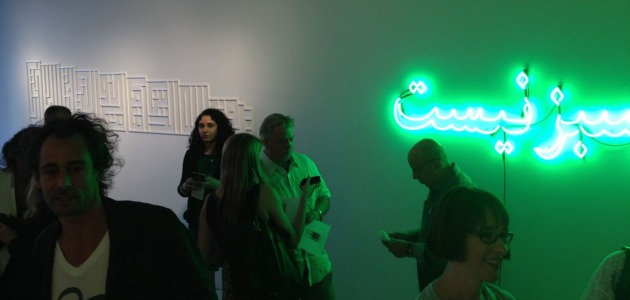






Calligraffiti:1984-2013 Leila Heller Gallery Through Oct. 5








Calligraffiti:1984-2013 Leila Heller Gallery Through Oct. 5

Sign up to receive Rock Content blog posts




Find +15,000 skilled freelance writers, editors, content strategists, translators, designers and more for hire.
Sign up to receive our content by email and be a member of the Rock Content Community!
Talk to an expert and enhance your company’s marketing results.
Rock Content offers solutions for producing high-quality content, increasing organic traffic, building interactive experiences, and improving conversions that will transform the outcomes of your company or agency. Let’s talk.